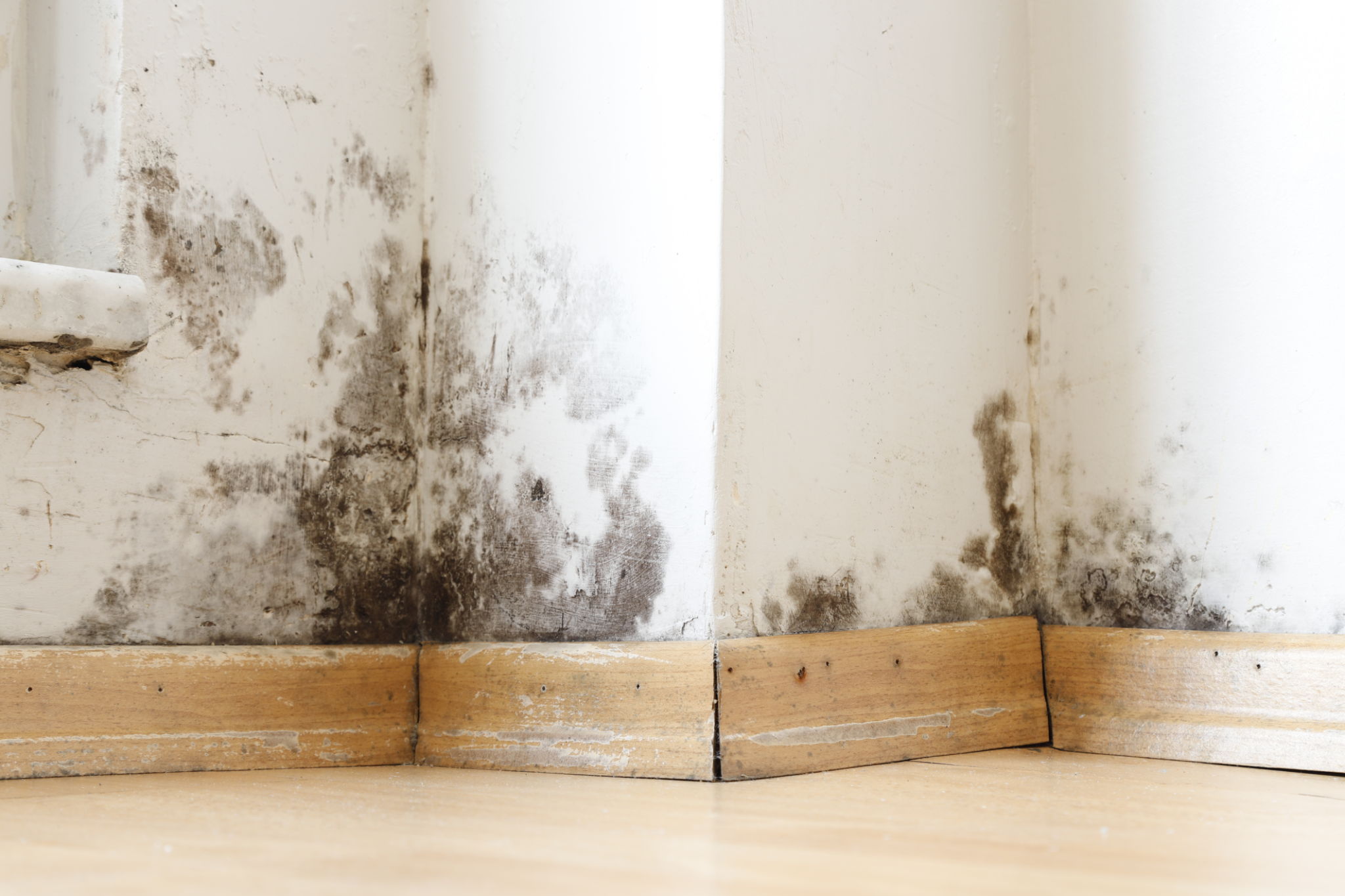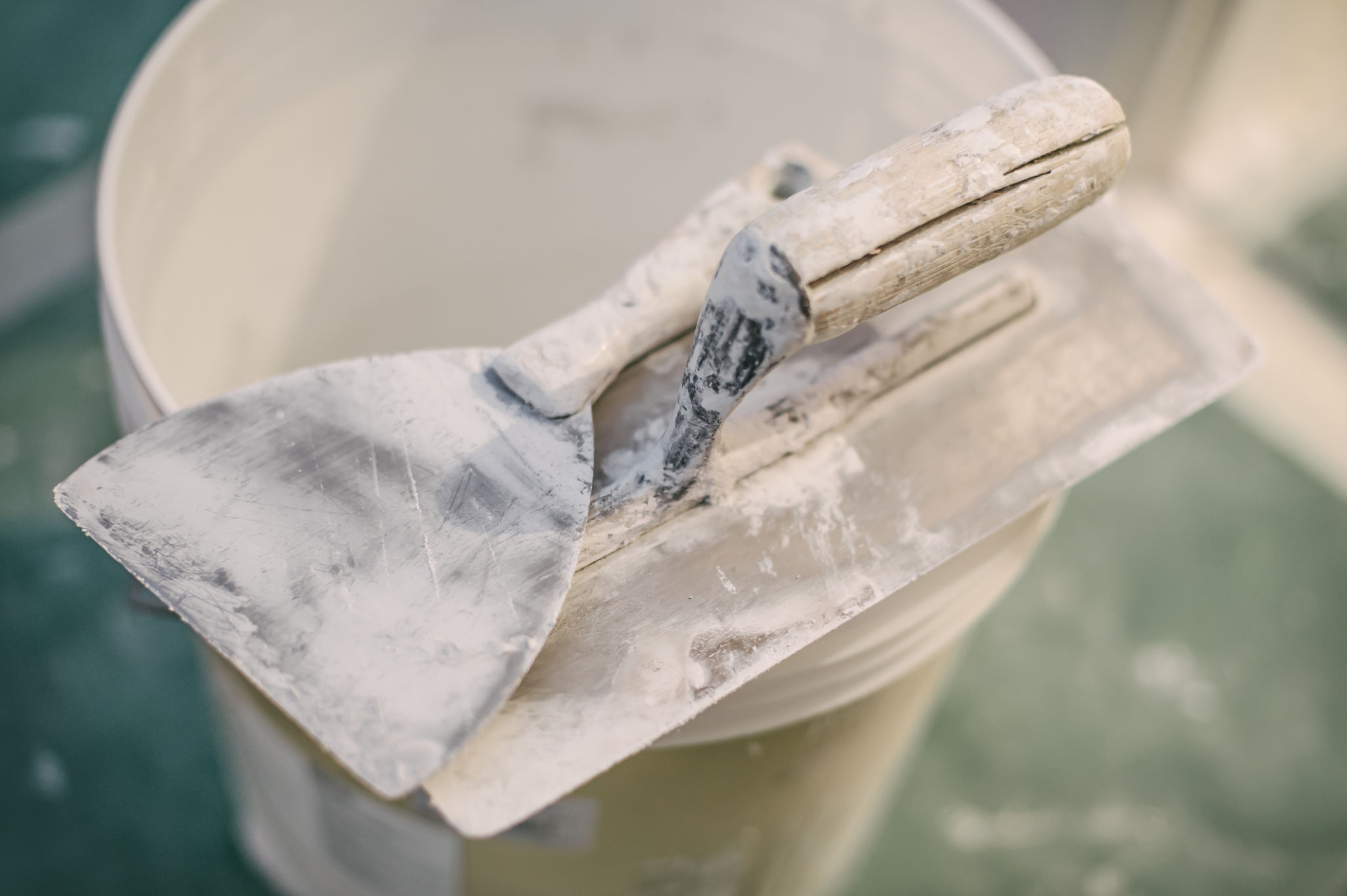Expert Guide to Residential Drywall Repair in Phoenix
Understanding Drywall Repair
Drywall, also known as gypsum board, is a staple in modern construction. It provides a smooth, durable surface for walls and ceilings in homes. However, over time, it can suffer damage from various factors such as water leaks, impacts, or everyday wear and tear. For homeowners in Phoenix, addressing these issues promptly is crucial to maintaining the integrity and appearance of their living spaces.
Before diving into the repair process, it's important to assess the extent of the damage. Small holes or cracks can often be fixed with simple DIY techniques, while larger issues may require professional intervention. Understanding the scope of the damage will help you determine the best course of action.

Common Drywall Issues
Cracks and Holes
Cracks and holes are among the most common drywall problems. These can result from settling foundations, temperature fluctuations, or accidental impacts. Small cracks can often be repaired using joint compound and a putty knife. For holes, you'll need a drywall patch kit or a piece of new drywall to fix the area effectively.
Water Damage
Water damage is a serious issue that can lead to mold growth and structural instability if left unchecked. Signs of water damage include staining, warping, or soft spots on the drywall. In Phoenix, where monsoon seasons can cause unexpected leaks, it's essential to address water damage quickly. Begin by identifying the source of the moisture and repairing it before replacing the damaged drywall.

The Repair Process
Preparing the Area
Before starting any repair work, make sure to prepare the area properly. This includes removing furniture, protecting floors with drop cloths, and wearing protective equipment such as masks and goggles. Proper preparation ensures a clean and safe working environment.
Repair Techniques
For small cracks and holes, apply a layer of joint compound over the damaged area using a putty knife. Allow it to dry completely before sanding it smooth. For larger holes, cut a piece of drywall slightly larger than the hole, secure it in place with screws, and cover the seams with joint tape and compound.

When to Call a Professional
While many drywall repairs can be handled by homeowners, there are situations where professional help is advisable. If you encounter extensive water damage, structural issues, or are unsure about handling electrical wiring behind the walls, it's best to consult with a professional drywall contractor in Phoenix. They have the expertise and tools necessary to ensure a safe and effective repair.
In conclusion, maintaining your home's drywall is essential for preserving its aesthetic appeal and structural integrity. By understanding common issues and repair techniques, you can tackle minor problems yourself or know when to call in an expert. Regular maintenance will keep your walls looking great for years to come.